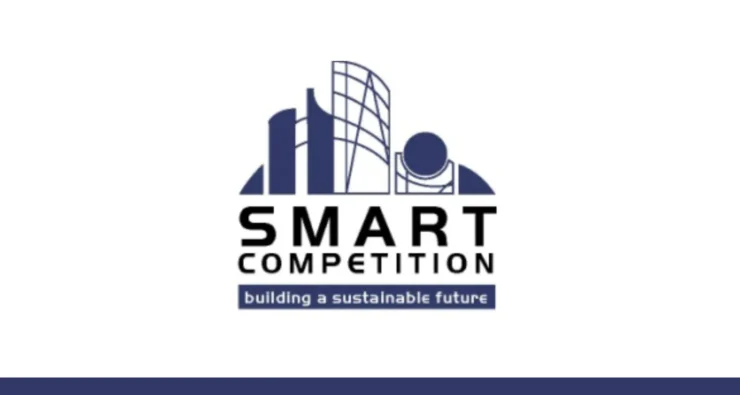New Employment Models Shaping the Workforce
Explore the evolving landscape of employment with new models reshaping the workforce. Discover the rise of non-standard employment, increased flexibility, and the challenges and opportunities it presents. From remote work to freelancing and platform employment, delve into the changing dynamics of modern employment.













